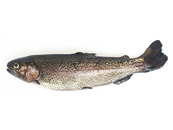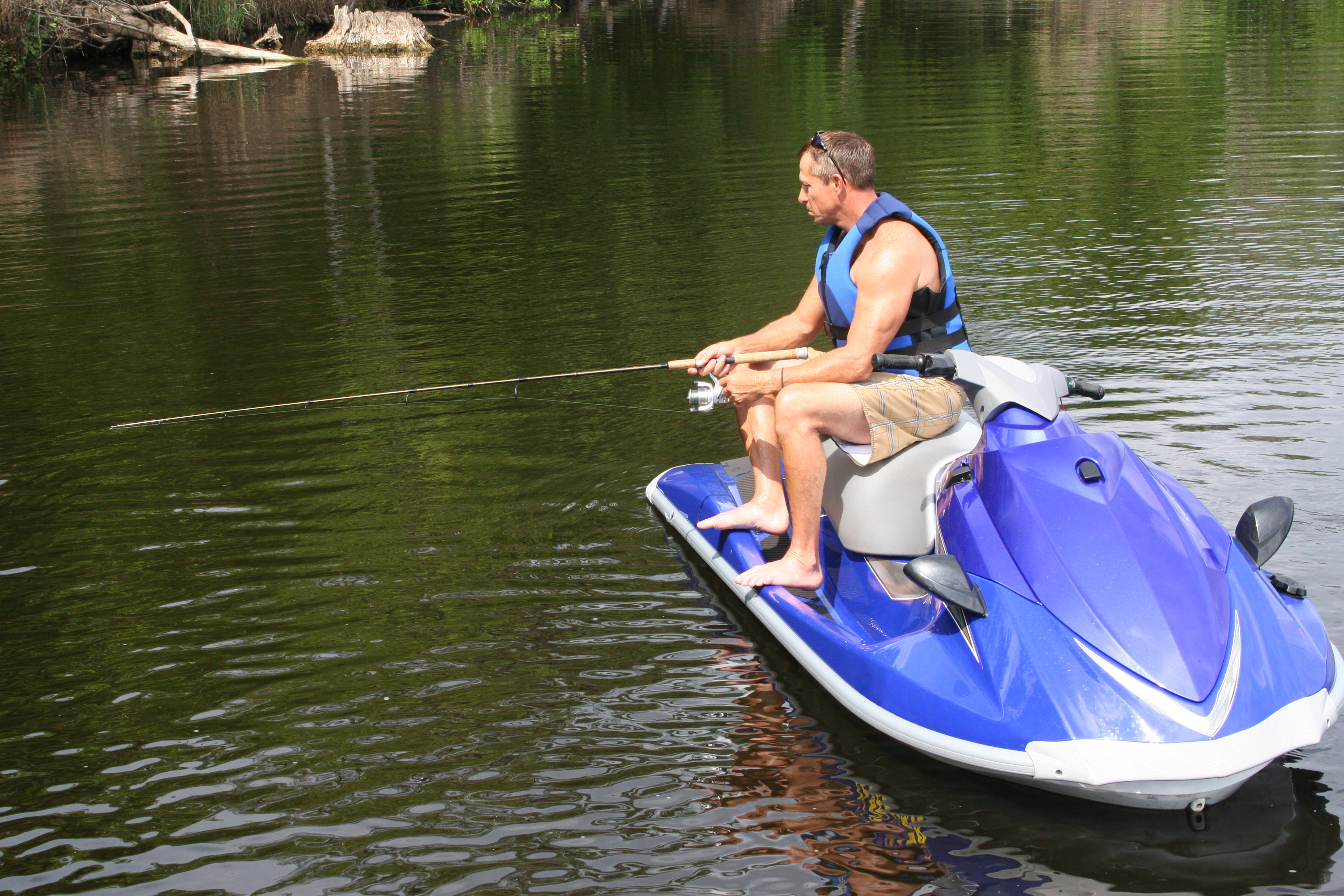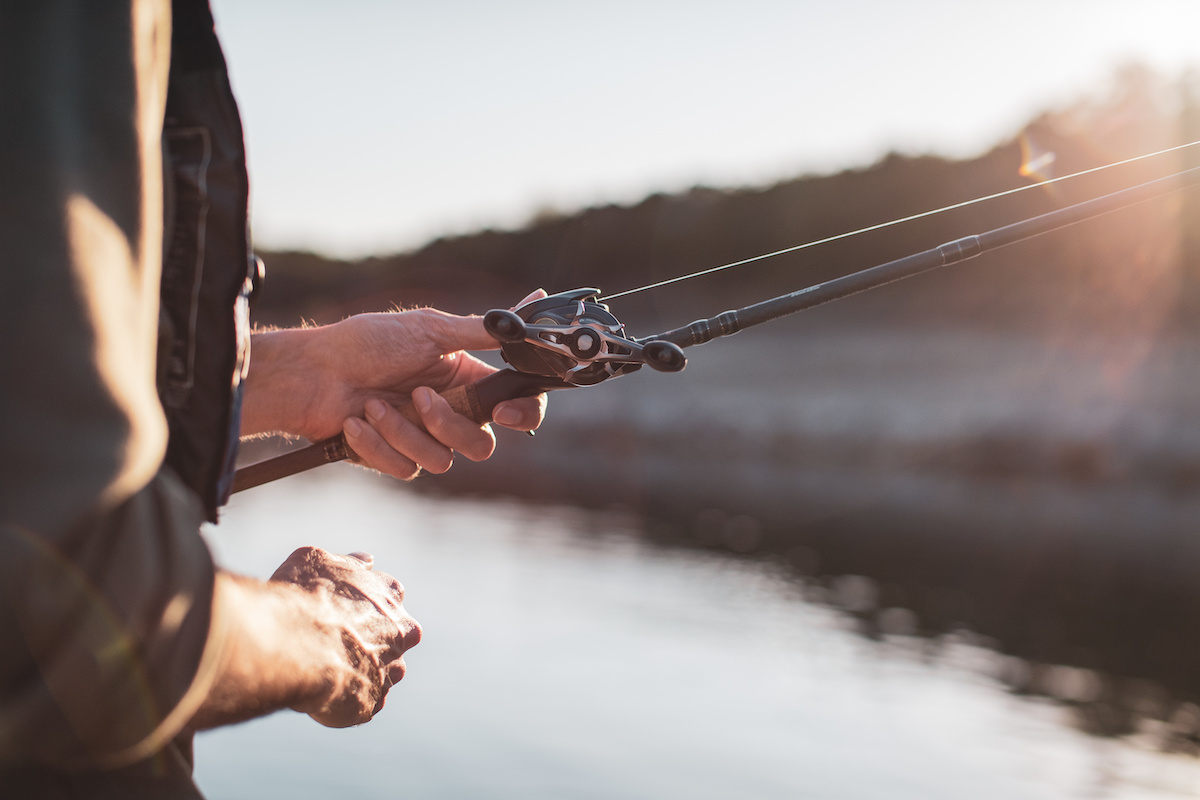Brook Trout
Salvelinus fontinalis
AKA: Brookies, speckled trout
- Distinguishing Markings:
Brook trout have cream colored spots on a dark background, distinguishing them from many other trout species having the reverse coloration. The spots along the back (dorsal) are elongated and appear worm-like. The spots below the lateral line are round, red and each is surrounded by a bluish halo. The lower fins are highly distinctive and quite striking, with a white leading edge followed by a black streak and various shades of red, orange and yellow.
- Size:
Brook trout are relatively small, rarely growing over 9 to 10 inches. A 12-incher is rare and considered a real trophy.
- Distribution:
Native to eastern Canada and northeastern United States, brook trout extend as far west as eastern Minnesota. Their original range also included the Appalachian Mountains where they are still found in many high elevation streams as far south as Georgia. They have been widely introduced into several western states.
- Habitat:
Brook trout favor clean, clear, cold streams.
- Food Preference:
“Brookies” are opportunistic feeders. In small streams, they prefer aquatic insects (nymphs) that live under the rocks and along the stream bottom, but they are also known to feed heavily on the adult stage of aquatic insects as they hatch and take flight. Brook trout will also take terrestrial insects such as ants, grasshoppers, and beetles that fall into the water; small crayfish; and other small fish and minnows when they are easy to catch.
- Spawning:
Brook trout spawn in the fall months, peaking in late October and early November. Using their tail fins, the females construct a shallow depressions (called a redd) in clean stream gravel where they deposit eggs. After the male fertilizes the eggs, the female covers them with gravel. The eggs incubate through the winter and hatch in early spring.
- Fishing Tips:
Within their native range, brook trout are a prized, though small, game fish with a long heritage of associated fishing lore. Because of their small size, streams generally support relatively low numbers of adult trout. Brookies tend to spook easily and are a challenging quarry that requires considerable stealth to catch. Fly fishing and spin casting with light tackle and small, shiny lures are effective methods for taking the fish.


